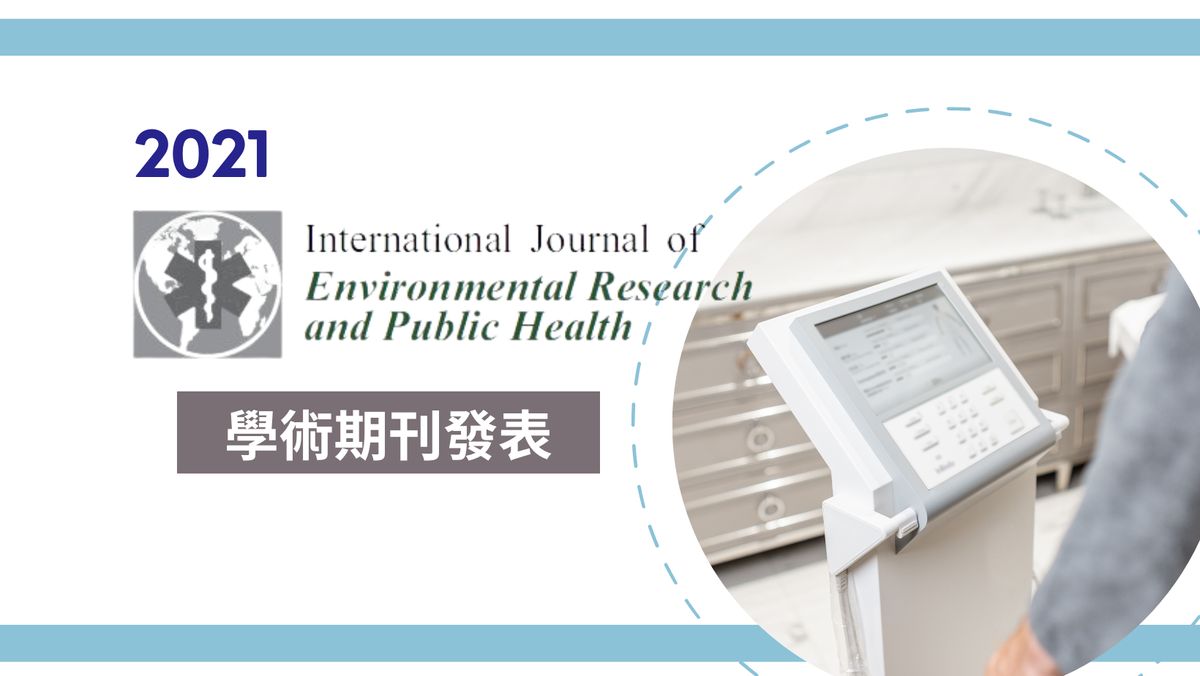探討第2型糖尿病與身體組成的相關性:病例回顧研究
Association of Body Composition with Type 2 Diabetes: A Retrospective Chart Review Study
This study analyzed the body composition of individuals with type 2 diabetes (T2DM). In this retrospective chart review study, body composition was measured through multifrequency bioelectrical impedance analysis (InBody 770). Body composition assessments were conducted in individuals with T2DM, who were aged ≥18 years. The parameters included body mass index (BMI), body fat mass (BFM), fat-free mass (FFM), visceral fat area, percent body fat (PBF), appendicular skeletal muscle mass (ASM), and skeletal muscle index (SMI). One-way ANOVA and independent t-tests were used to calculate differences in body composition distribution by age and sex. A total of 2404 participants were recruited. The prevalence of overall low muscle mass and sarcopenic obesity was 28.0% and 18.7%, respectively, which increased with age. The overall prevalence of obesity when PBF was used was 71.5%, which was higher than that when BMI was applied (32.4%). The normal BMI group exhibited a prevalence of low muscle mass of 55.6% and sarcopenic obesity of 34.8%. For both men and women, bodyweight, BFM, FFM, ASM, and SMI all decreased with age. The prevalence of low muscle mass and sarcopenic obesity was high in older adults and people with normal BMI. Using BMI to assess obesity and determine insufficient muscle mass underestimates the prevalence of obesity and neglects the problems of sarcopenia and high body fat in people with normal BMI.
